Five buzzing urban addresses for your next weekend escape
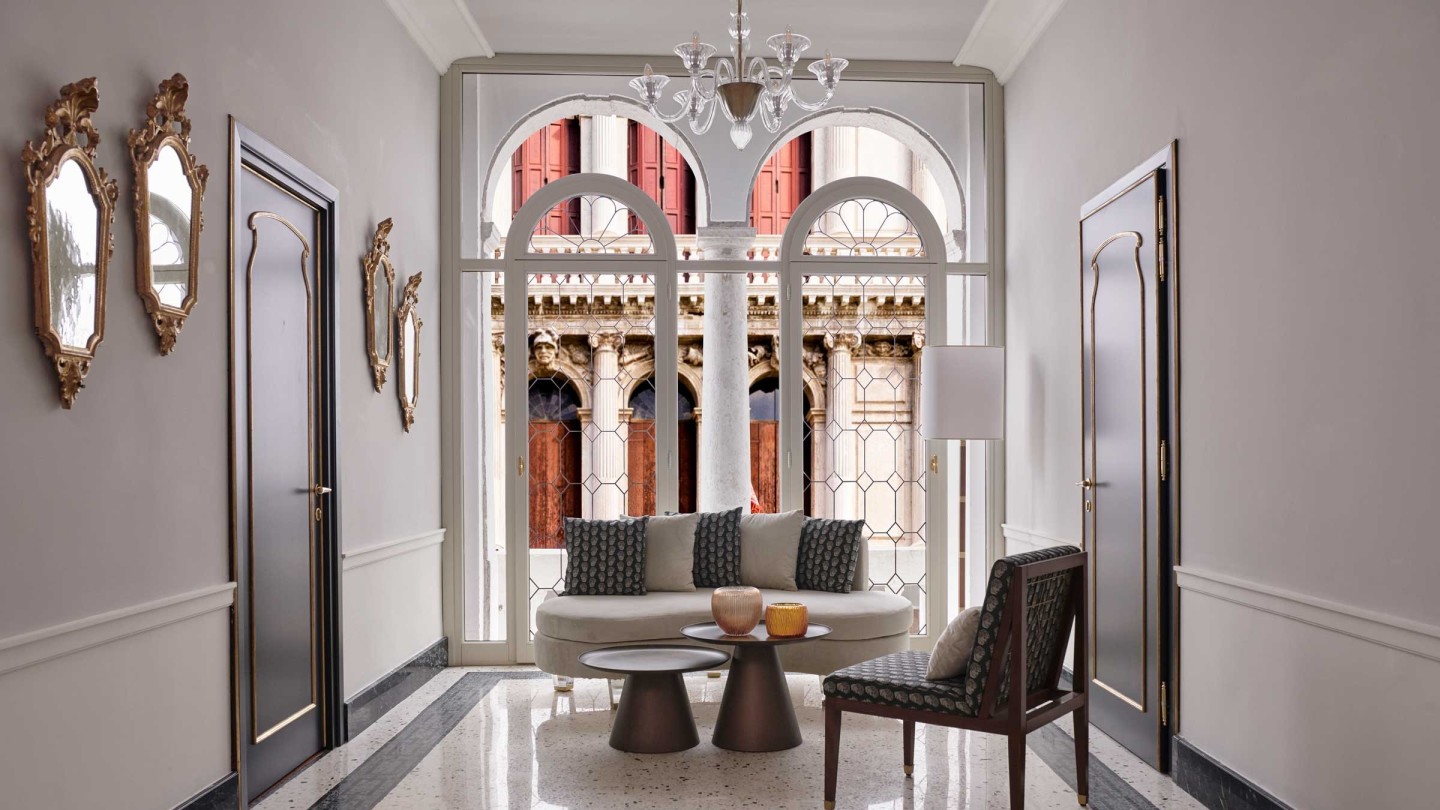
Roula Khalaf, Editor of the FT, selects her favourite stories in this weekly newsletter.
Past meets present on Singapore’s Clarke Quay
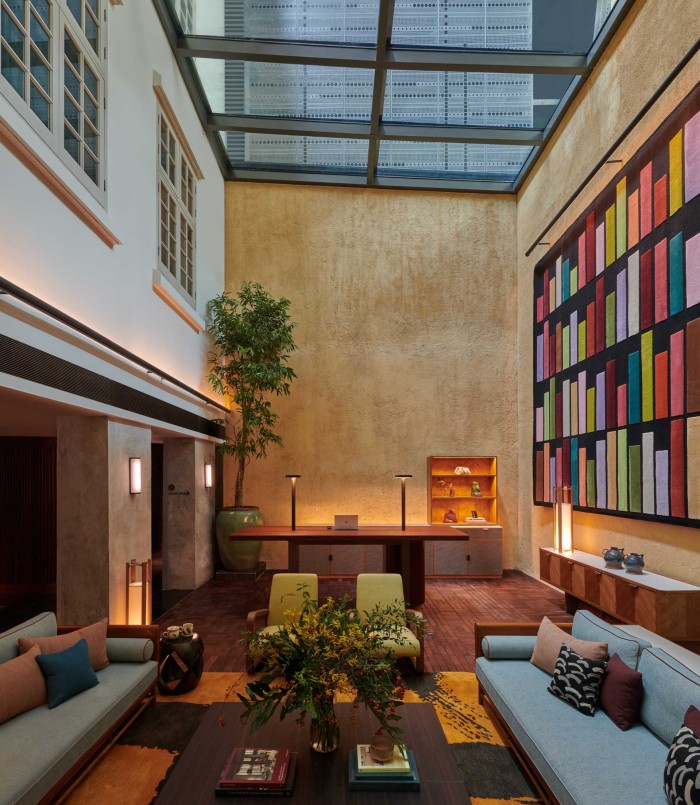
Singapore is – finally – a place where between the eye-wateringly-expensive five-star names and the more affordable, conventional (and drab) business offerings, there sits an actual category of design-driven and good-value properties. The latest is 21 Carpenter, which neatly merges the Lion City’s past and present. It was created by WOHA, a local architecture firm with an arsenal of award-winning projects under its belt, from Bali to Brisbane to mainland China, via some of Singapore’s most innovative green and regenerative built-environment initiatives.
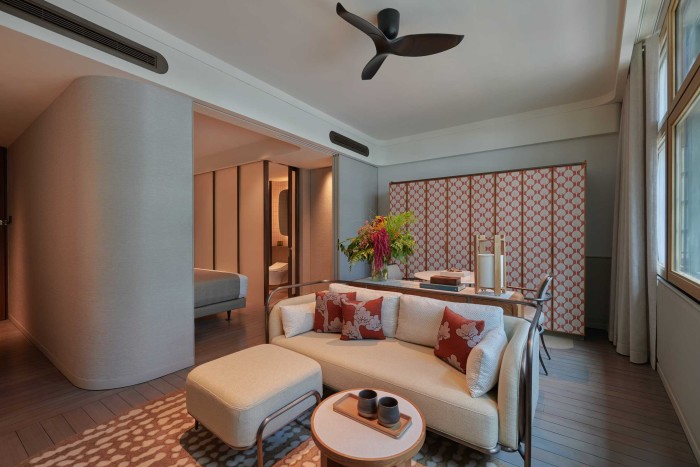
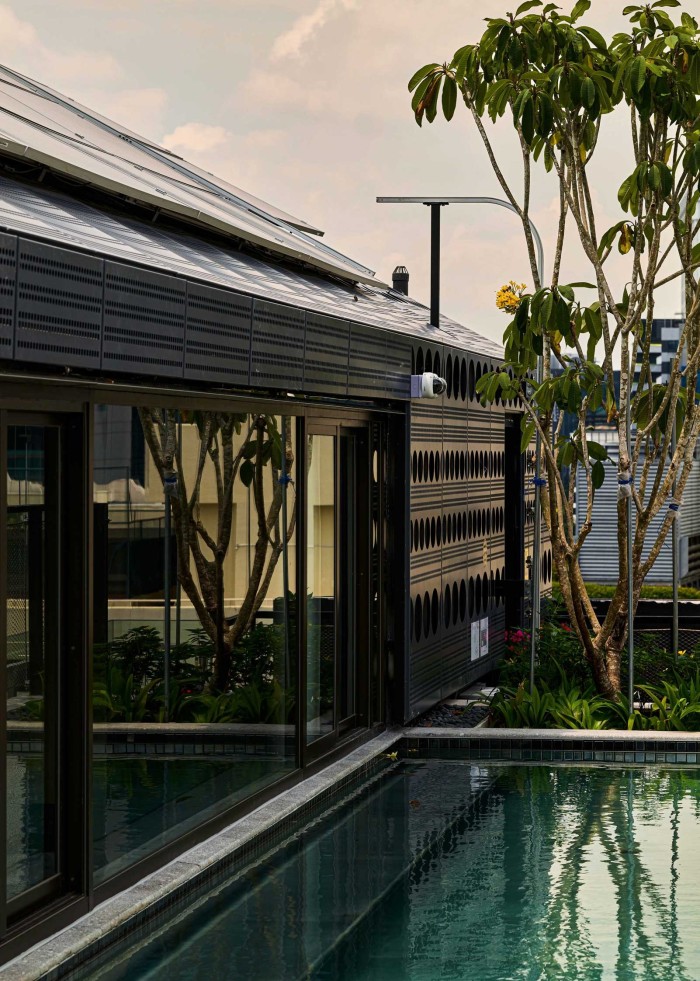
21 Carpenter is a 1936 colonial remittance office, its façade faithfully restored, its interiors reimagined using reclaimed materials in the 48 suites and lounge. The hotel partners with a host of local makers, artisans and businesses, among them ceramicists Un Studio, sustainable clothing designers In Good Company, and The Artling, Talenia Phua Gajardo’s art consultancy, which curated the collection of original works by Singaporean artists. At ground level is Kee’s, the hotel’s “neo” bistro, where Andrew Walsh – the Michelin-starred chef whose Cure and Tilly’s are perennially packed Singapore stalwarts – is doing the rib-sticking favourites from Japanese, Malaysian and Indonesian culinary traditions. 21carpenter.com.sg, from S$400 (about £240)
Barcelona’s baby Grand
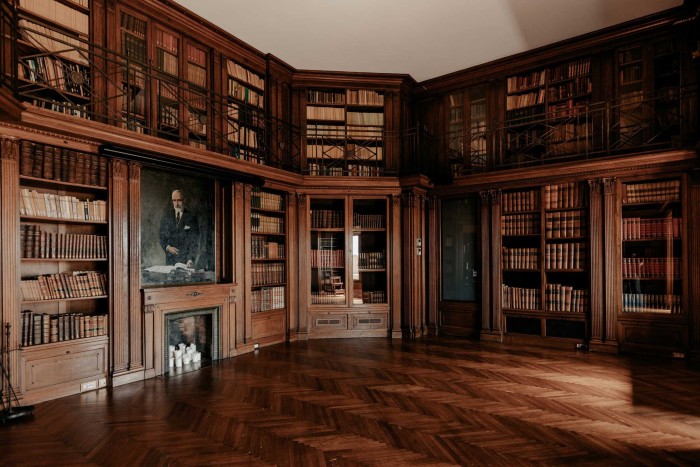
The façade of Barcelona’s Grand Hotel Central has been a fixture on the Via Laietana since the building first went up in 1926. As of last year, it’s under new management and has just undergone a tip-to-toe renovation masterminded by the London-based Catalan designers Sagrada, which leans into the alternative-modernist Noucentisme movement that informed the original design.
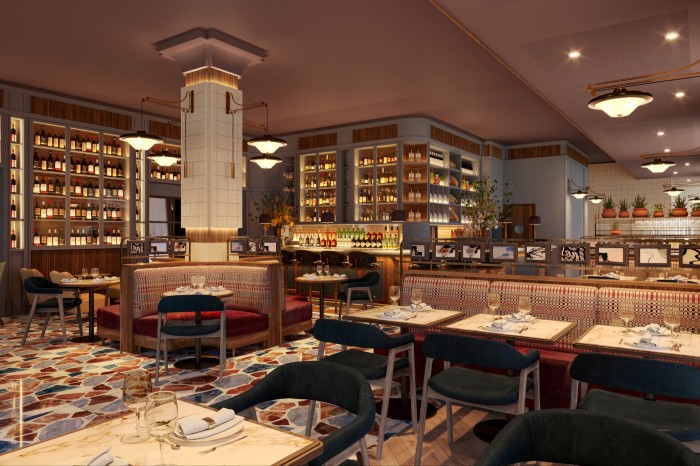
Rationality, understatement and materialism are in evidence – most obviously in the muted palette and spareness of the spaces (natural materials such as wood, stone and polished concrete feature throughout). The hotel’s rooftop infinity pool was already one of the sexiest in Spain; now it’s even better, the wide terraces hosting morning yoga and evening drinks-and-DJ sessions. The eighth floor is home to a spa with a hammam, where both hotel guests and visitors can partake of Natura Bissé facials and aromatherapy massages. grandhotelcentral.com, from €450
Small, sweet and artisanal in Venice
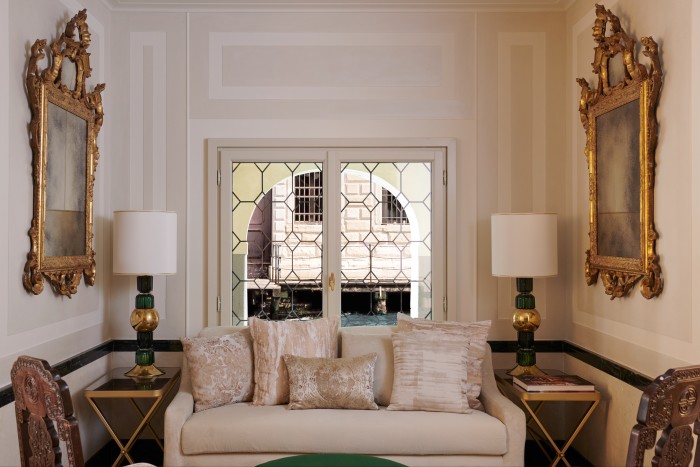
Like Singapore, Venice has developed a nice clutch of smaller, original hotels, driven by art, culture and food. Besides Alessandro Gallo’s The Venice Venice, where fashion, arte povera and retail dynamically meet on the Canal Grande, there’s sweet Cima Rosa in Santa Croce, Il Palazzo Experimental, the haute “hostel” right on the Zattere in Dorsoduro, and the much adored Hotel Flora, recently refreshed but still intact with all its historic charms. The newest of these, Violino d’Oro, which opened in November, sits in a mint situation on the rio di San Moise, a few hundred metres from St Mark’s Square.
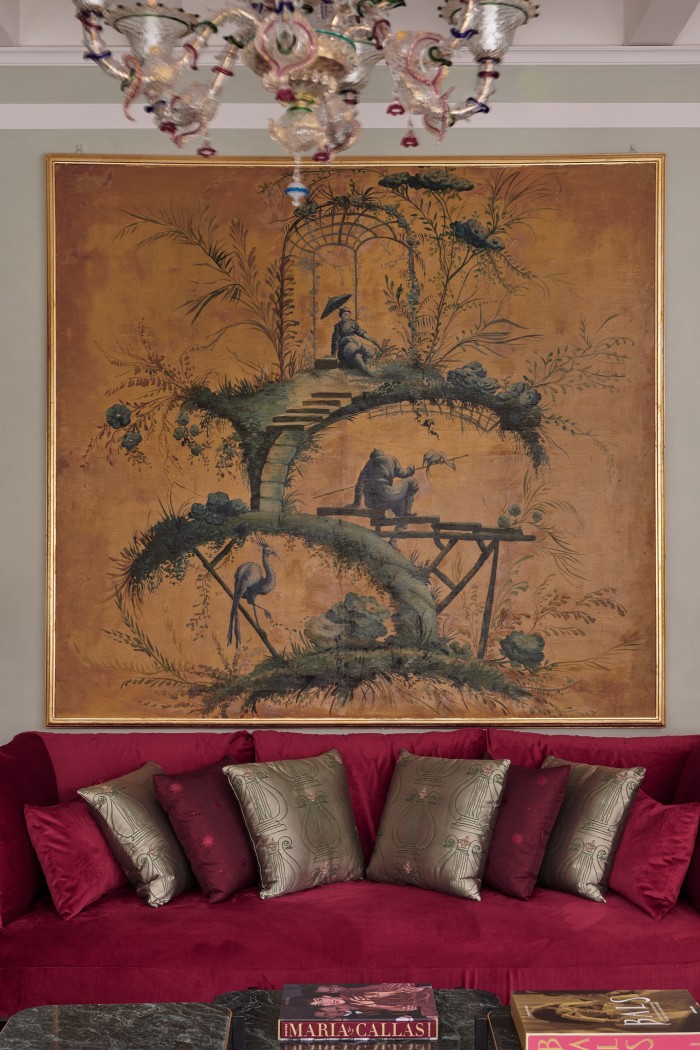
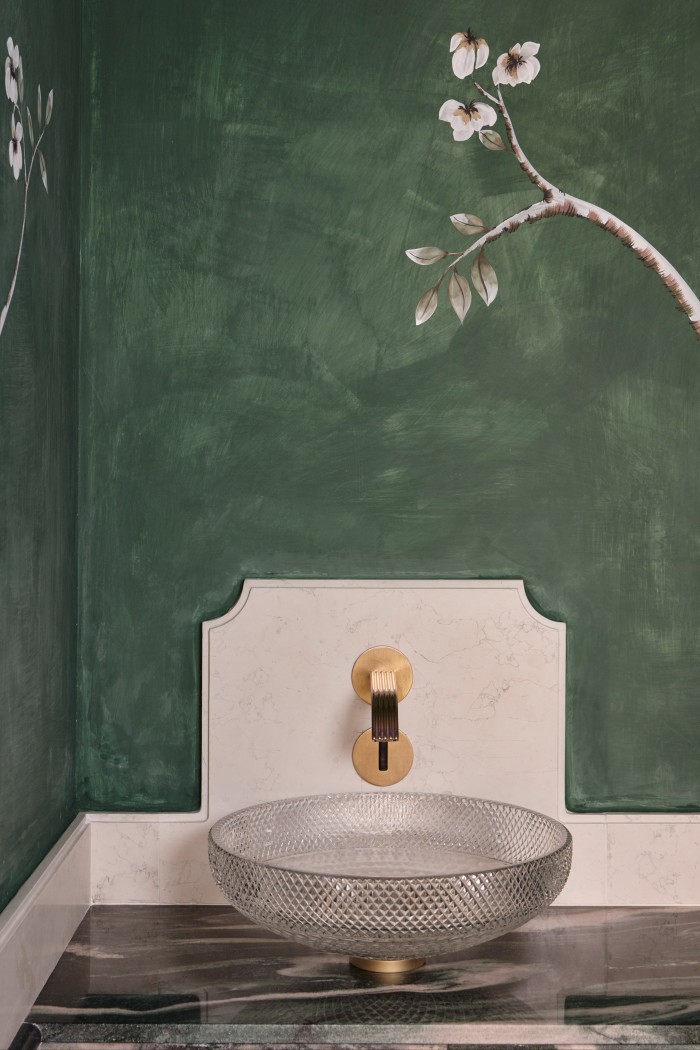
The entrance to its lounges and the 32 rooms and suites is unassuming; but once inside it’s a series of Venetian and Tuscan aesthetic delights. The murals are painted by Assia Pallavicino, there are fabrics by Rubelli, Murano chandeliers and sconces, bespoke coffee and dining tables hand-crafted by the Marioni family in Florence and more. All is deployed with restraint, though, allowing the gleaming terrazzo floors and ornate mullioned windows to be the stars. And the light: it pours in, glinting off the water and across ceilings in that lovely phenomenon the Venetians call gibigiana. violinodoro.com, from €800
Buenos Aires’s newest casa
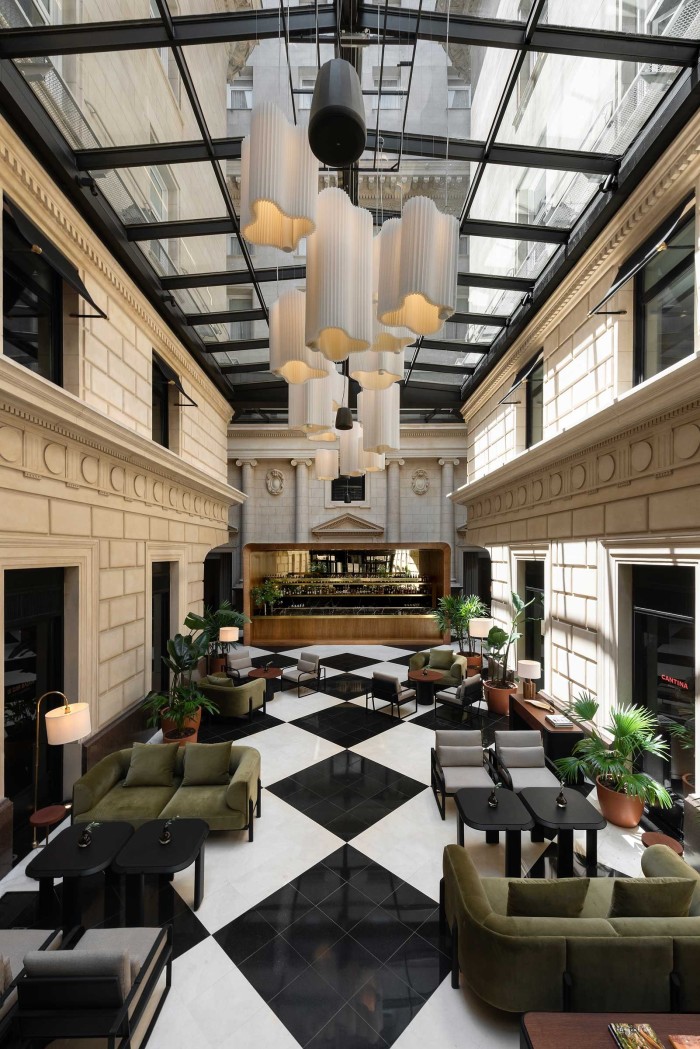
Único Hotels is a Spanish group that does a neat trade in both city (Madrid) and country (Mallorca, the Costa Brava) chic. Last month it made its maiden foray into Latin America, opening Casa Lucia in Buenos Aires. Único’s off to a great start with its choice of building: the 1928 Edificio Mihanovich was for nearly a decade the tallest in Latin America, and its elegant proportions reflect the brand’s ambitions to own the exclusivity-indulgence corner in the Argentine capital.
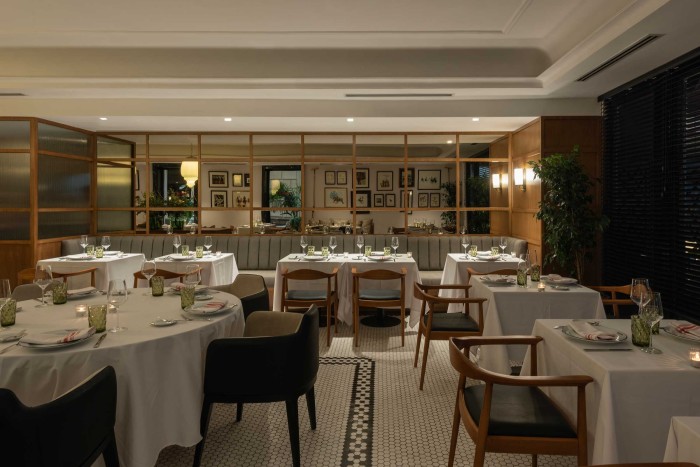
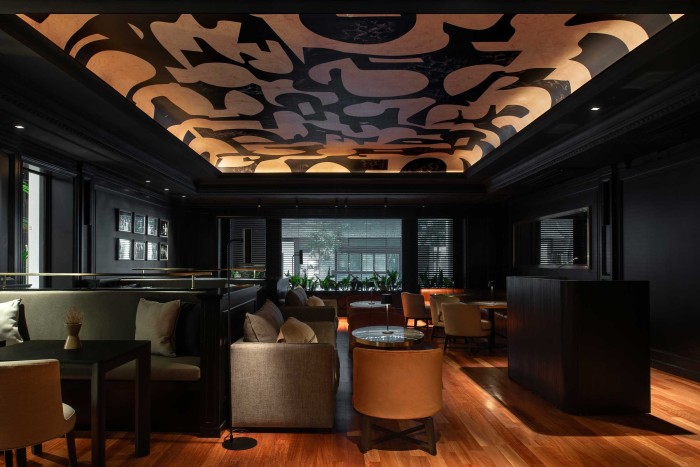
There are 142 rooms and suites; their design is understated bordering on anodyne, but some of the larger ones leverage the building’s original terraces and balconies as alfresco living rooms (a few have outdoor showers; not bad, given its proximity to busy Recoleta). A clubby fireside cocktail bar is matched by another, airier one in an enclosed courtyard, and the spa and fitness centre have indoor-outdoor offerings at heart, from treatment cabins to 5km and 10km running maps. hotelcasalucia.com, from $600
Going big in Ginza
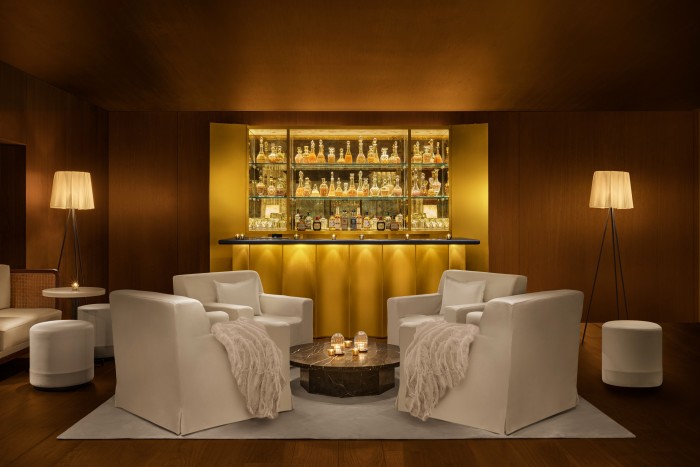
Edition Hotels has been amassing quite a profile across the world’s cooler urban precincts, from Rome’s Via Veneto to Singapore’s Orchard Road. Its first Toyko property opened near Roppongi in 2020; The Tokyo Edition Ginza officially launches next month, with 86 rooms and suites that filter out the city’s 24/7 stimuli via a palette that’s all naturals and whites.
In the public spaces – some of which, hovering as they do a dozen floors above the city, give excellent views – it’s something else: myriad shades of green, in varnish, leather and velvet, and lush potted plants, add pop (as does the gold-leaf bar glimmering along the breadth of one wall). Among the highlights: a natural wine bar, along with Punch Room, where the drinks menu (of actual punches) riffs on traditional Japanese flavours: yuzu, ryokucha tea, and of course, sake. editionhotels.com, from¥120,000 (about £630)
Comments